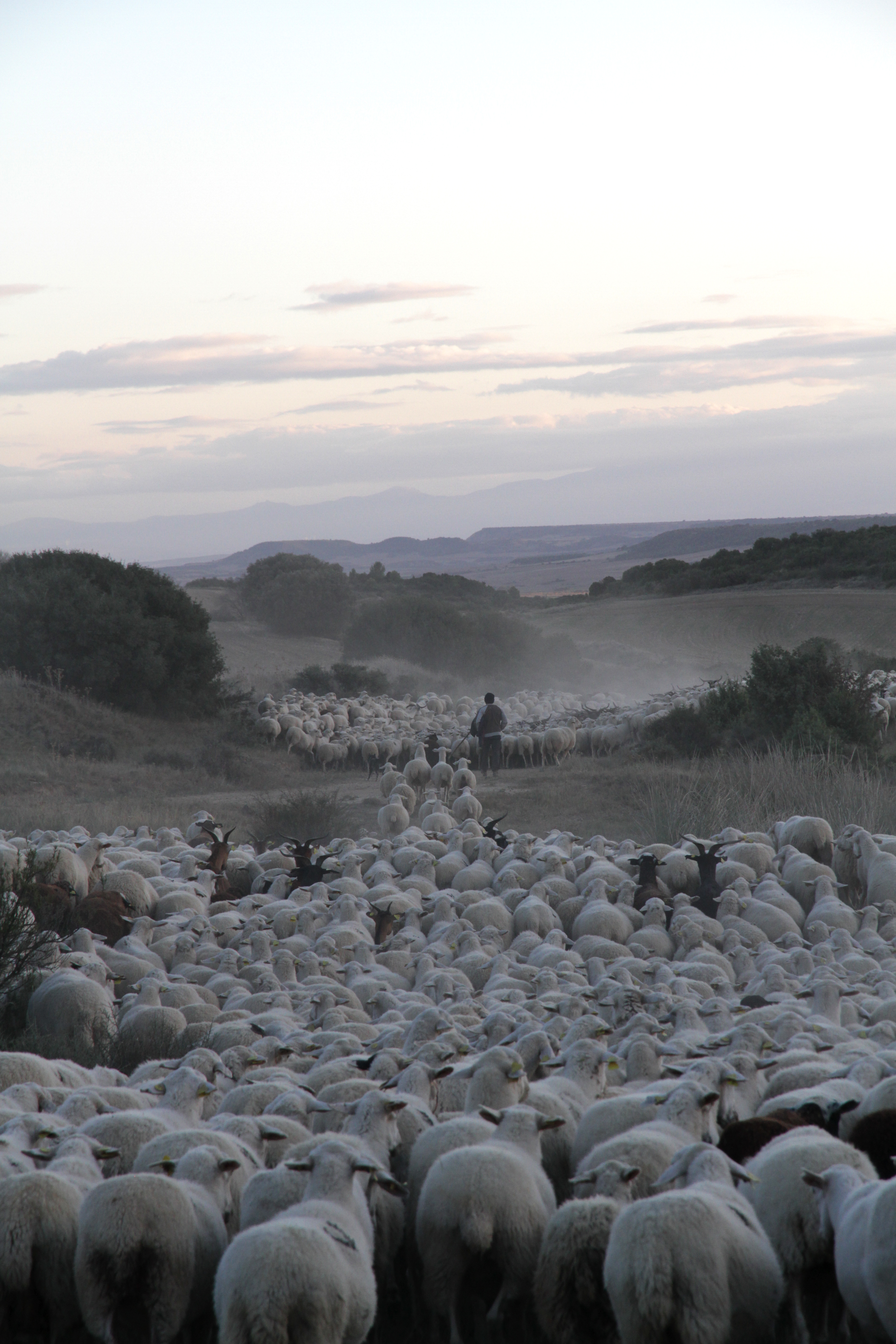
Media information “Paths of Grass and Rock” at Campus Transhumanza
—
Press information of the curators: A particular form of animal breeding that can be ascribed to the practices of guided pastoralism, in which the animals are moved seasonally for a circumscribed time and in an upward movement towards higher pastures, transhumance is a far-reaching cultural expression of the pastoral world, which generated trans-regional and cross-border mobility networks underlying the earliest exchanges between European peoples and cultures.
The exhibition “Paths of Grass and Rock. Forms of mobile pastoralism in Europe”, curated by Luís Costa and Gianfranco Spitilli, was realised inside the Gorfer Mill on the Campus Transhumance in Madonna di Senales through the PNRR project of the Municipality of Senales on the regeneration of small cultural sites, cultural, religious and rural heritage financed by the NextGenerationEU programme of the European Union and managed by the Ministry of Culture, in collaboration with the European project Tramontana Network (https://www.re-tramontana.org/) of Creative Europe, with the University of Aveiro (Portugal) and its ID+ research centre, with the Higher School of Art and Design of Caldas da Rainha (Portugal) and its research centre LiDA, with the University of Molise, its research centre Biocult and the PRIN Wildebate project – Coexistence, bio-cultural friction and pastoralism in protected areas, with the University of Teramo, with the Central Institute for Catalogue and Documentation in Rome and the Digital Itineraries project, with the Municipality of Castro Daire (Portugal), proposes an exploration of this phenomenon, which is widespread throughout the European continent, through research materials – visual and audio – coming from eight different countries (Portugal, Spain, France, Italy, Poland, Romania and Albania, all partners of the network, with the addition of Austria) and relating to numerous mountain contexts of investigation, from the Montemuro Massif to the Pyrenees, from the Alps to the Apennines, from the Carpathians to the Balkans.
The transhumance of the Schnalstal Valley, inscribed on the UNESCO Representative List of the Cultural Heritage of Humanity as of 2019, will thus be related to a vast European connective tissue, in accordance with the auspices of the Convention for the Safeguarding of the Intangible Cultural Heritage itself, encouraging an extensive dialogue in the name of respect for cultural diversity and mutual understanding.
-> Campus Transhumanza and the exhibition will be open soon. For more information please do contact +39 0473 676020 or info@archeoparc.it.